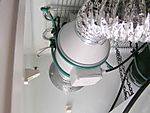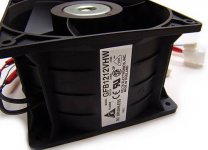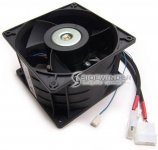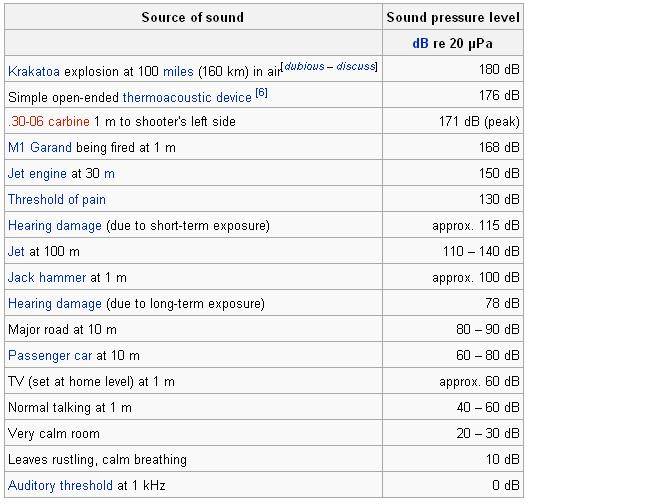P
phr3d0m2gr0
If your cabinet/grow box is vented strictly by axial or PC Fan's could you post up some pictures and give a quick explanation/review of how it's working. This is for ventilation not for cabinet's with just a PC Fan for circulation around the plants.
I'm thinking of building a couple of boxes and I would like to try to use just axials to be as quite as possible. The only problem is I'm not sure how to setup odor control.
Looking forward to pics!
-Phr3
I'm thinking of building a couple of boxes and I would like to try to use just axials to be as quite as possible. The only problem is I'm not sure how to setup odor control.
Looking forward to pics!

-Phr3













